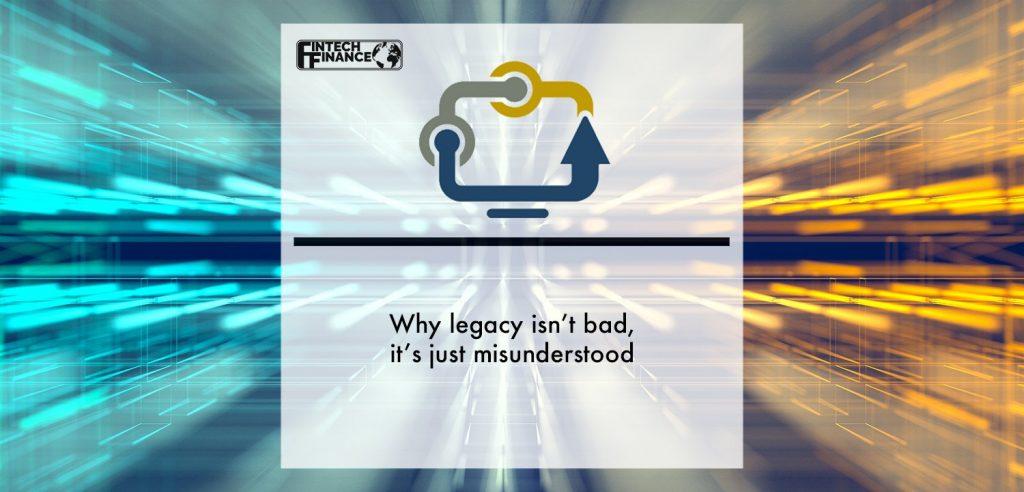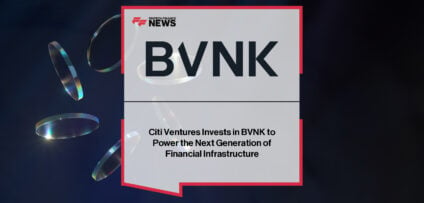Breaking News

Why legacy isn’t bad, it’s just misunderstood
Legacy has long been the scapegoat of the financial services sector. Blamed for being old, out-dated and siloed with integrated systems seen as the holy grail. While it is often true that legacy systems demand our attention, much of this technology is far from obsolete – and works well.
Darragh Pelly, COO and co-founder, Reitigh explains why those organisations that fail to see the value in their legacy systems are really missing a trick.
Understanding legacy systems
We first need to re-think how we view legacy systems. If companies think of them as foundations rather than failings, there is the potential to build on them and still create successful digital transformation projects. To do that, the digital transformation mindset
Transformation never ends
Zendesk recently found that only one in four (26%) firms recognise that transformation is a continuous process — suggestin
This misconception explains the mos
There is no need to overhaul everything at the same time. The primary focus instead should be on getting legacy systems to talk to modern platforms (today and tomorrow). This integrated approach will enable firms to transform the front-end efficiently and cost effectively – utilising the existing legacy back office effectively – whether they are looking to build a new broker portal or improve interactions with clients.
Getting automation right when it comes to processes (RPA vs STP)
When it comes to “Automation” there are two very different and often confused approaches:
A rudimentary comparison is to think of RPA as automating your hands, whereas STP is automating your head.
When it comes to automating processes the first and most fundamental question to ask is – “Is the process as it exists now correct or good? i.e should we spend time and money to automate this process, or should we implement a new automated process.” The point here being that if we automate a broken/bad human process then the robot will just achieve the same outcomes as the human – we are no better off for the money we have spent. In this case STP is the answer, not RPA. On the other hand, if the process is good, but just manual, then RPA may be the most cost–effective solution.
By way of example, take the recent news of Microsoft Excel causing Covid-19 results to be lost. Public Health England (PHE) built an “automated process” in excel to gather C19 data. But, because of the size limitations of Excel, not all data was recorded. It is estimated that nearly 16,000 coronavirus cases went unreported in England. This is one example of automating a fundamentally bad process. Automation achieved the same bad outcome – just faster.
Do you speak legacy?
Legacy programmers run many legacy systems and applications. Now, with an increasing number of developers heading towards retirement, financial services firms need to get a solid succession plan in place.
The pressure is on to bring in multi-lingual talent.
The need for people who can translate between business and the IT te
These tech translators can focus on the processes worthy of automation and transformational projects that can sit on top of legacy systems creating innovation and value from within.
Companies wanting to avoid risky and costly projects must not only learn the language of legacy, but must speak it fluently. In this respect, domain knowledge of both the data and the business which it supports is key to quickly and effectively delivering solutions to meet new market and regulatory demands.
- EXCLUSIVE: “Passion Project” – Brice van de Walle, Mastercard in ‘The Fintech Magazine’ Read more
- FreedomPay Drives Global Merchant Innovation Read more
- FIS Brings AI-Powered Advancements to Seamless, Personalized Digital Banking Experiences Read more
- Citi Ventures Invests in BVNK to Power the Next Generation of Financial Infrastructure Read more
- Nearly Two-Thirds of Global Retailers Say Payment Method Flexibility Drives Revenue Growth, ACI Worldwide Survey Finds Read more














